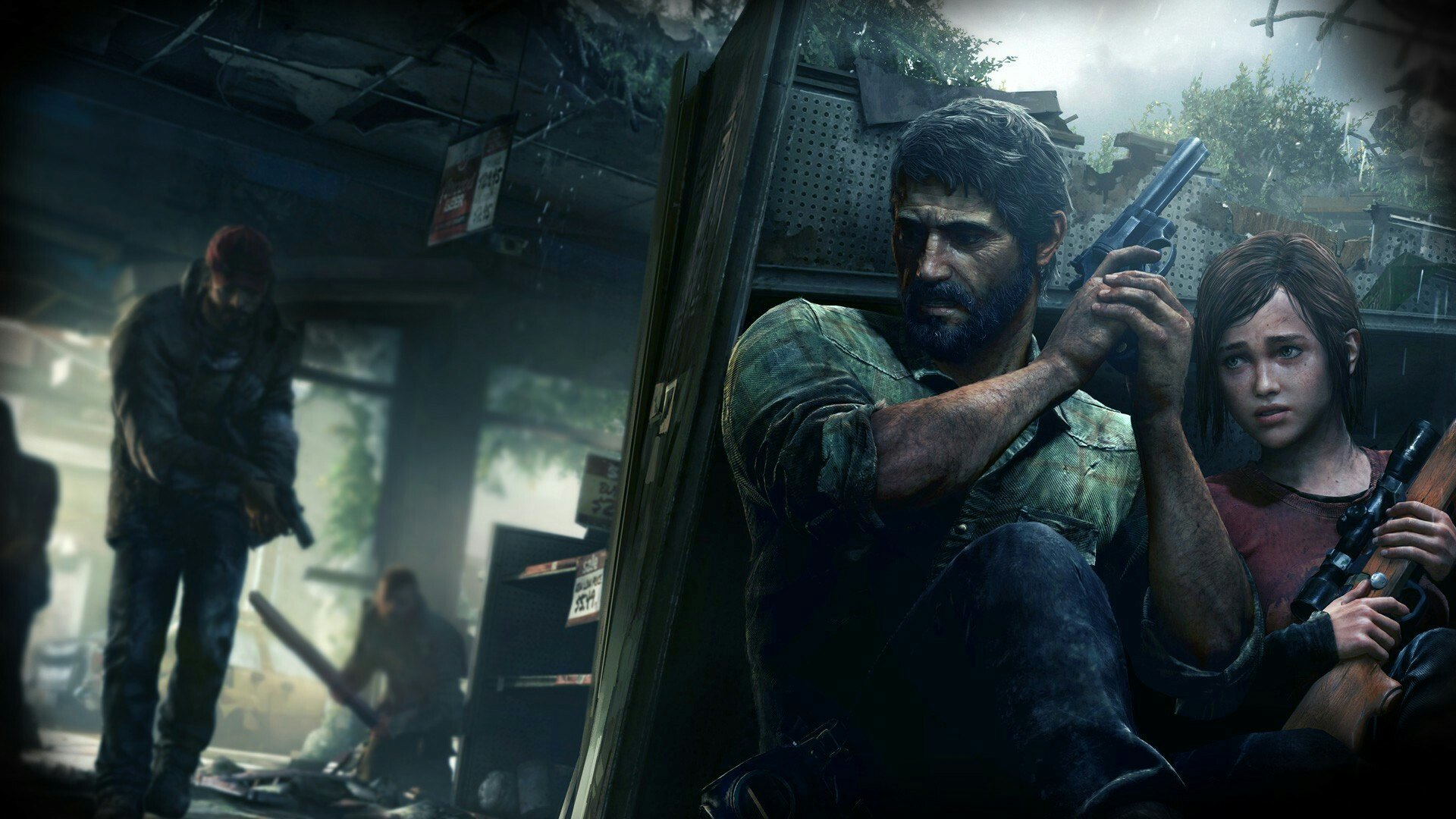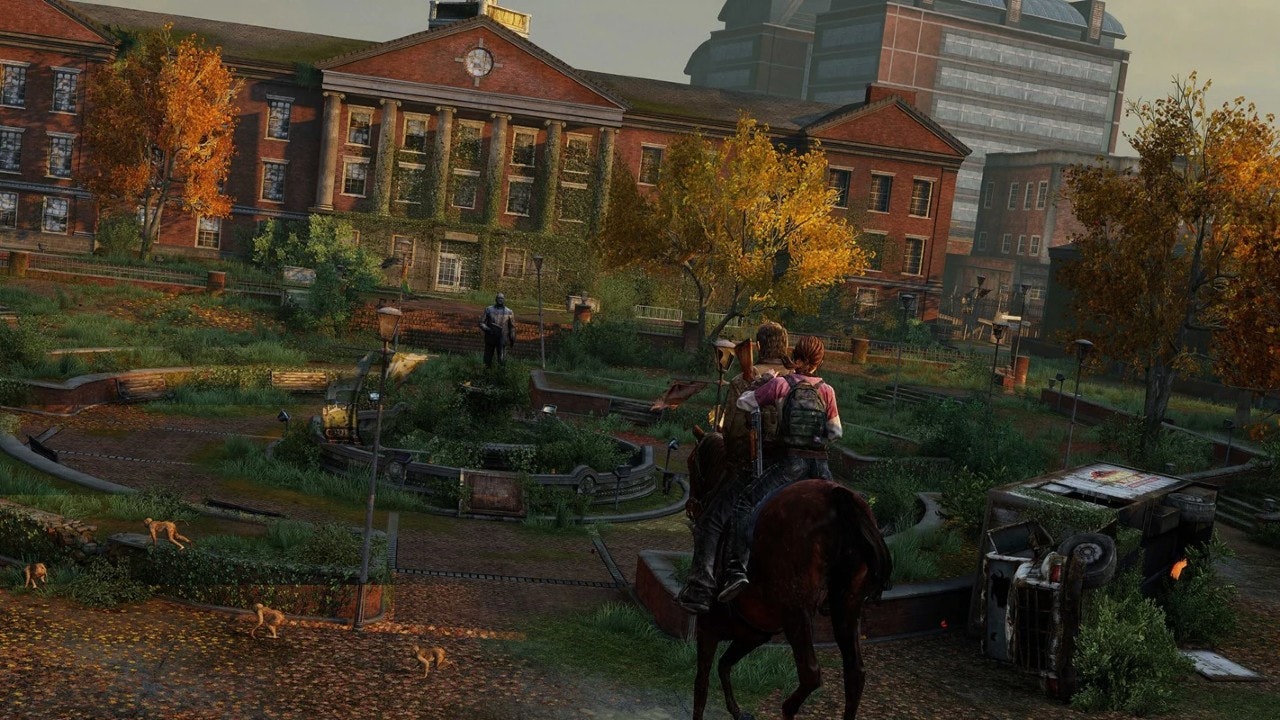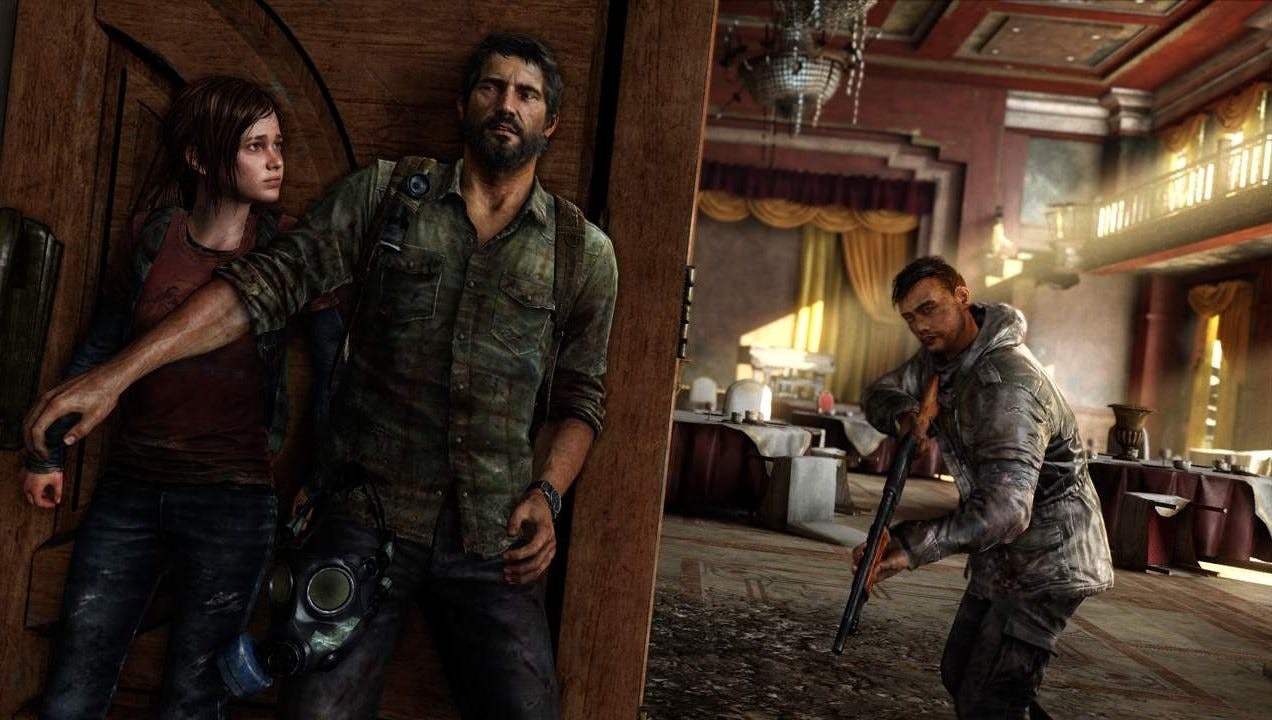
Naughty Dog has always been an ambitious video game developer, but the bounds of that ambition were completely redefined in 2013 with the release of The Last of Us on PlayStation 3. It was unlike anything the industry had seen before, a game that elevated storytelling and presentation to incredible heights, even if that story itself isn’t entirely original. Even nine years later, The Last of Us holds up as one of the most impressive, and important games ever released.
At its core, The Last of Us doesn’t do anything wildly new in terms of storytelling, casting an unlikely father-daughter pair together in the apocalypse. It’s a story clearly inspired by the likes of The Road and Léon: The Professional, but the beauty of The Last of Us is in how it tells that story, particularly with the tension and trauma that inhabits every corner of the experience.
The opening sequences of the game set a standard of quality that never relents for the next dozen or so hours. As The Last of Us opens, we’re introduced to the game’s protagonist Joel through the eyes of his daughter Sarah. It’s incredibly important that the first section of the game has players controlling Sarah, as it gives us a valuable window into Joel’s character.

The harrowing opening shows Joel and Sarah’s world falling to pieces as the Cordyceps infection spreads like wildfire, transforming people into zombies. That prologue ends with an utterly heartbreaking twist when Sarah is shot and killed by a nervous soldier. Troy Baker’s performance as Joel and his voice work make the character’s grief palpable.
How does this trauma define Joel’s character? Why does he form such a strong emotional bond with a young girl named Ellie that he’s tasked with escorting many years later? You might as well be asking the same question. Many games have a big opening section with high production values that peter out the deeper into the experience you get. Amazingly, The Last of Us manages to maintain the same level of quality up the entire time.
Story and character are at the heart of the game. Every cutscene and piece of dialogue feels meaningful for developing Joel and Ellie’s relationship. The struggle to survive brings them closer together but also builds a connection to the player. Immersive is a word thrown around a lot in gaming, but that really does feel like the best descriptor for The Last of Us.

The world is filled with details that resonate, from birds chirping in the trees to the way snow crunches and shapes around your movement. Despite the beauty of the world, The Last of Us does a phenomenal job of ratcheting up the tension. Every combat encounter feels dire, almost like a puzzle you need to solve to keep Ellie and Joel alive. Scavenging bits of scrap to then craft essential resources like a shiv is a major part of the gameplay flow.
Human enemies react to you in dynamic ways and can easily flank you or take advantage if you get distracted. Much more terrifying, however, are the infected enemies that will relentlessly attack until you put them down. And they never really stop screaming once they see you! The various enemy types feel realistically distinct.
Combat can be overwhelming as a result, but The Last of Us has masterful pacing that lets up the tension at times with exploration or puzzle solving. Ellie plays a vital role in these parts, as she’s essential to solving puzzles. There’s a kind of symbiotic relationship that develops between her and Joel, both in terms of game mechanics and emotional attachment.

The Last of Us comes full circle by the end, with a final hour that sees Joel once again struggling to save his surrogate daughter.
There’s a lengthy discussion to be had about the morally ambiguous decisions Joel makes near climax, but again, it’s shaped by the trauma he’s experienced. The Last of Us’ ending wraps things up in a masterful way that leaves players questioning Joel as a hero, and even whether he’s a “good person” or not. The game’s narrative themes pack an emotional wallop, and the way the game ties everything together from beginning to end is nothing short of amazing.
Even by today’s standards, The Last of Us remains impressive, and it’s truly a testament to how groundbreaking it was at the time. It set a new standard for storytelling and presentation that would inform Sony’s first-party development for the next decade, even with titles like Marvel’s Spider-Man and God of War. With rumors of a remake swirling, it begs the question if The Last of Us needs any kind of update at all.







